The goal of an upper blepharoplasty is to improve the contour of the upper eyelid crease, reveal a more youthful eye shadow space, improve symmetry, and relieve hooding of the upper eyelid.
Upper eyelid aging is complex and can result from a combination of factors including: loss of skin elasticity, the appearance of “extra skin” (i.e. dermatochalasis), droopy upper lids (i.e., ptosis), hollowing of the upper eyelid, bulging of upper lid fat, and changes in the position and curvature of the brow.
Older eyelid surgery techniques typically involved removing loose-appearing skin, muscle, and fat. However, this risks a noticeably “surgical” and aged appearance. For this reason, it is extremely important that eyelid surgery be customized to your individual needs.


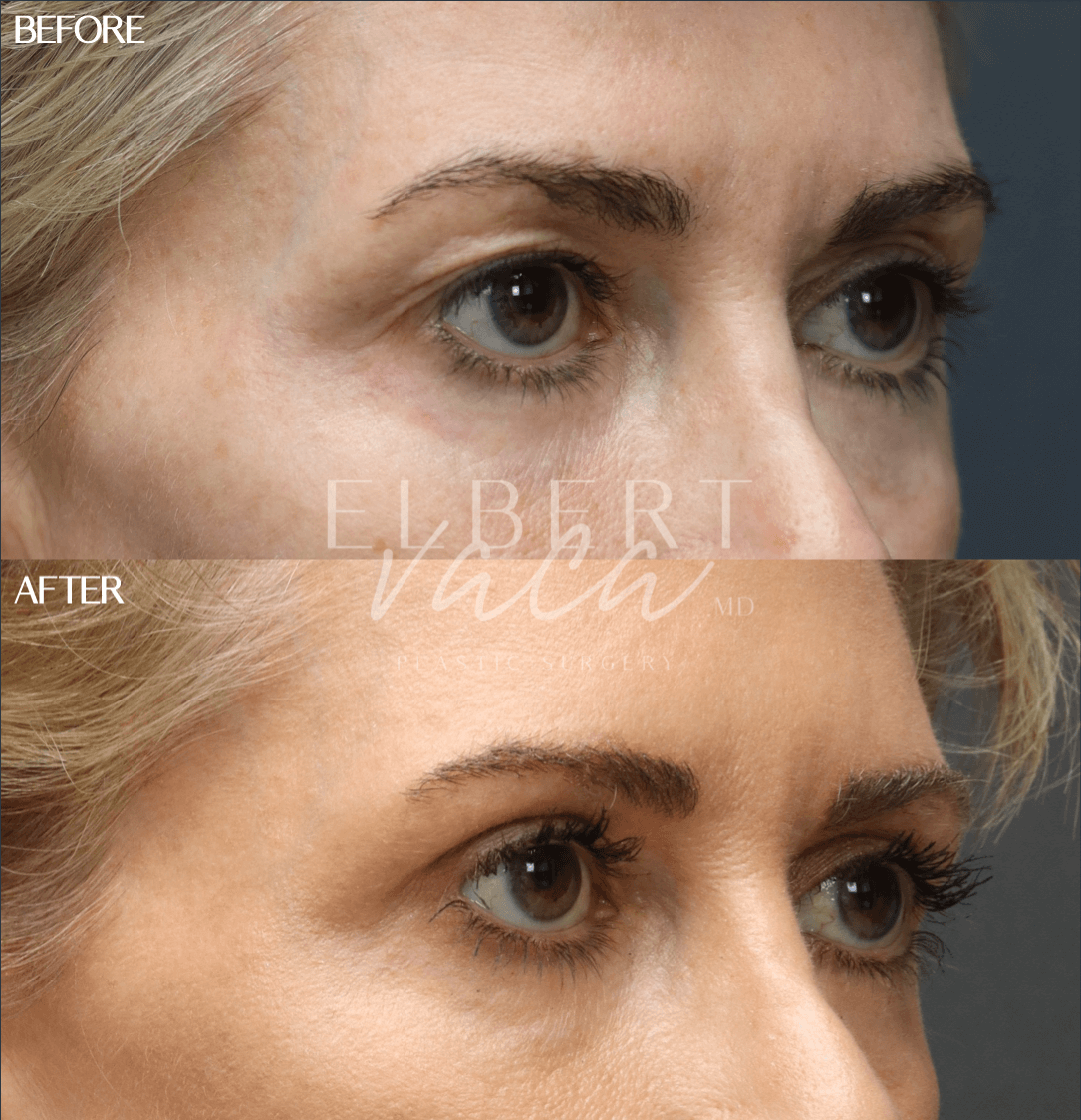
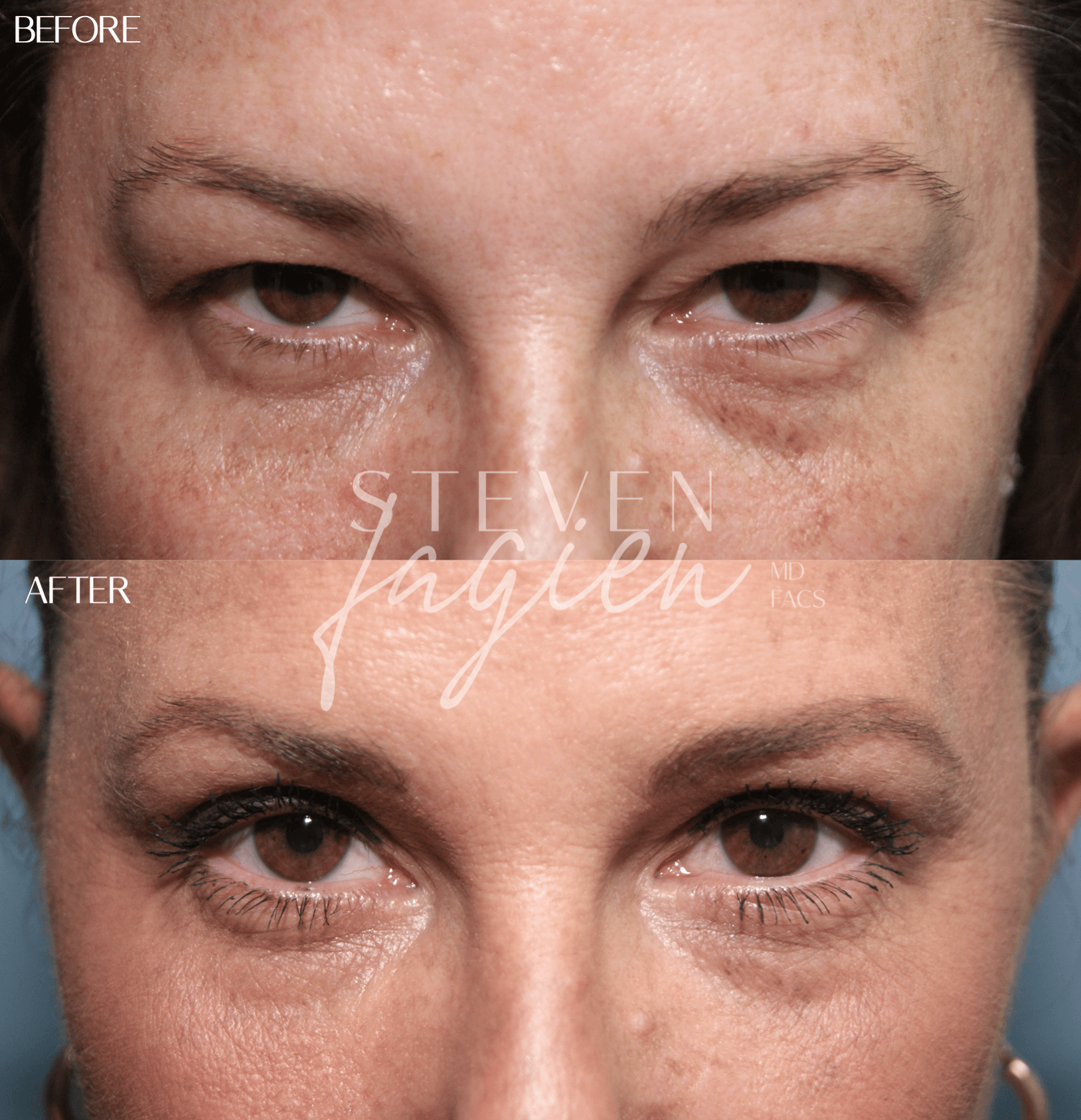
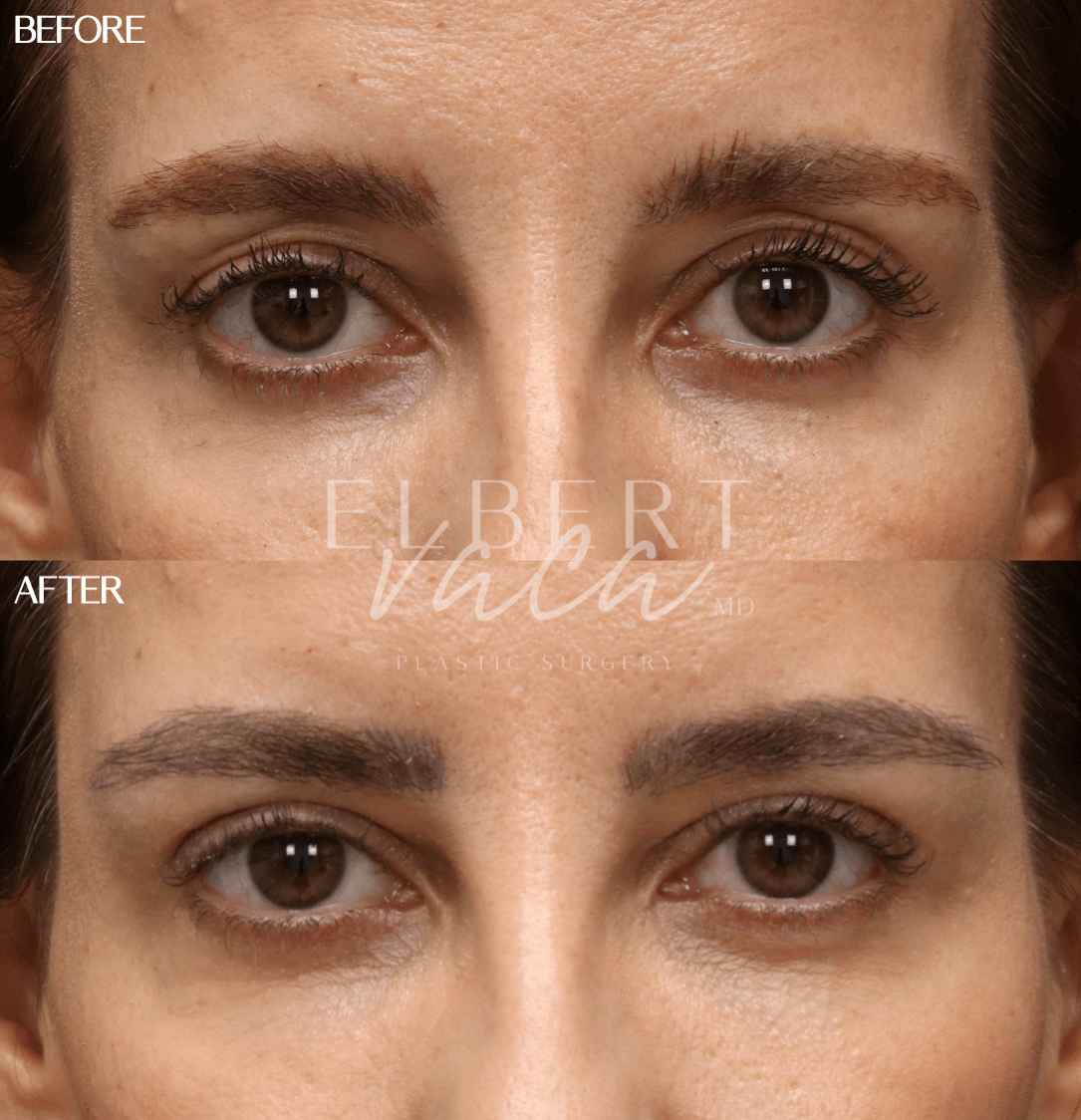
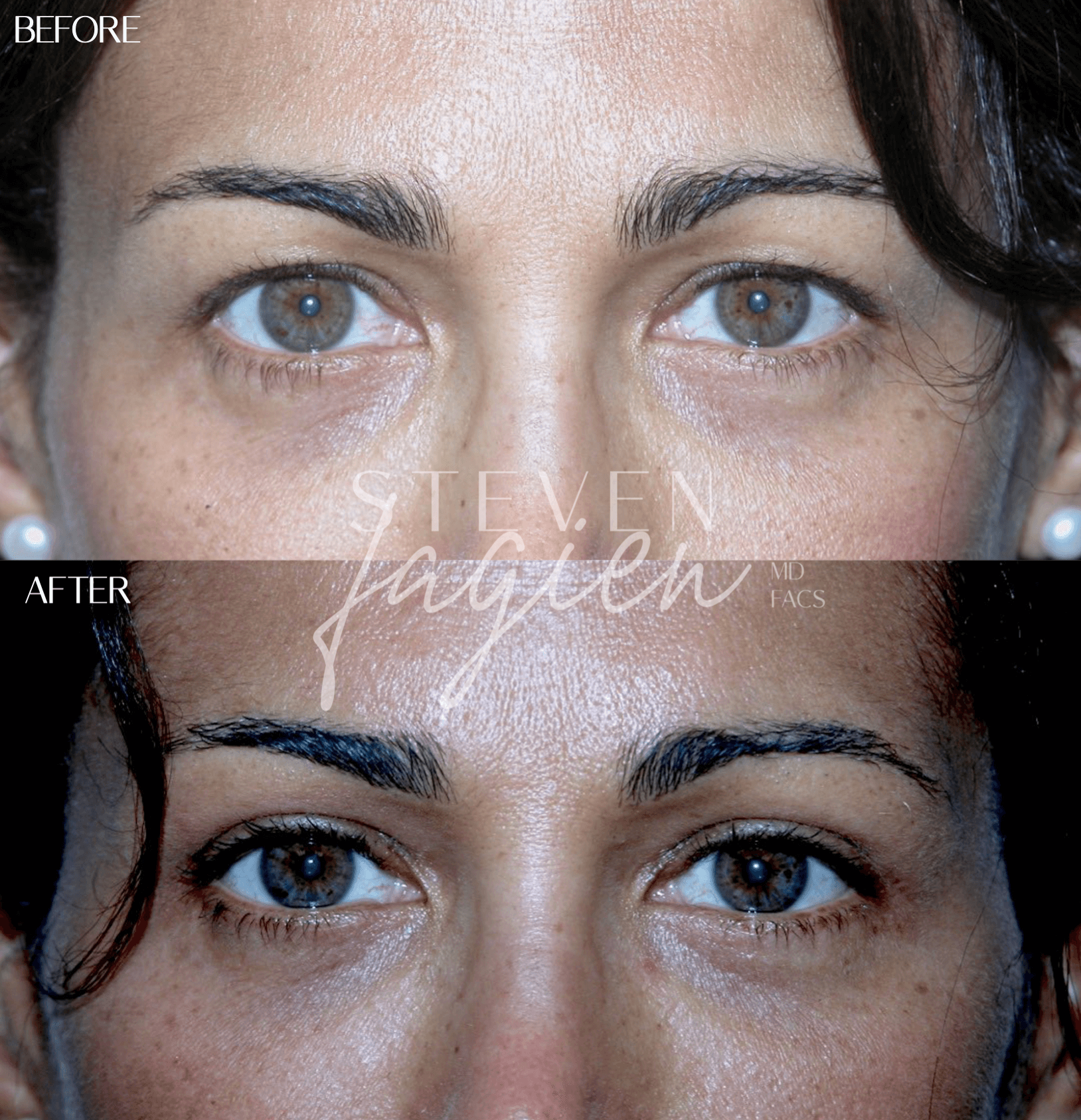
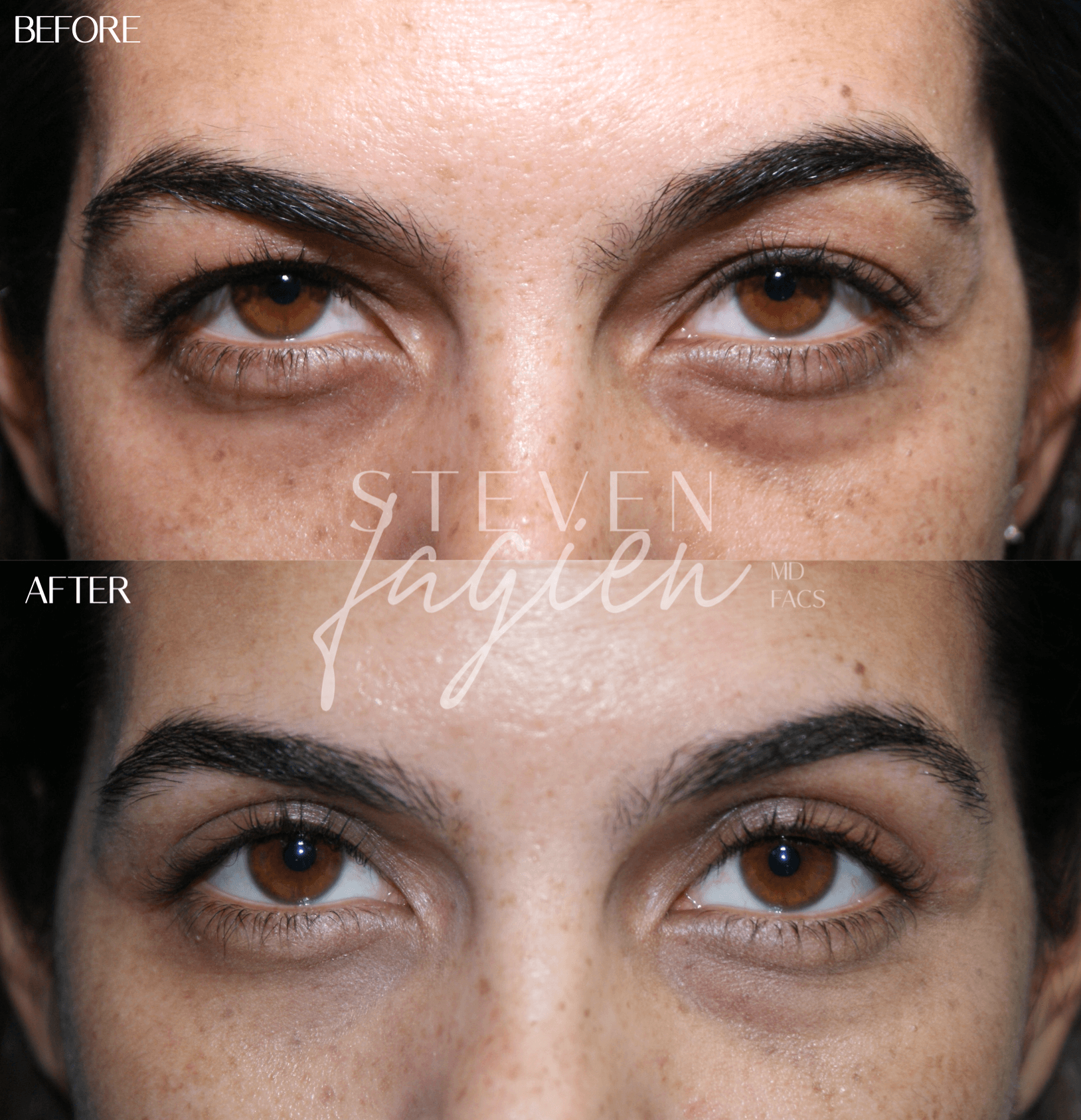
Men seeking cosmetic procedures, including eyelid surgery, often have different goals and considerations than women. While both men and women may want to achieve a more youthful and refreshed appearance, men may prefer more subtle and conservative results to avoid appearing overly "done".
In addition, it is important to consider key differences in male eyelid proportions and male anatomy, such as thicker skin and stronger muscles. This is why it is imperative to consult with a highly specialized surgeon who has a great deal of experience with male patients to achieve the desired outcome while maintaining a natural and masculine appearance.
An in person evaluation is necessary to help us determine the recommended treatment option for the individual patient.
Patients with hollowed upper eyelids may benefit from fat grafting, where a small amount of fat is harvested from another area of the body via liposuction and meticulously transferred to the eyelid area to help restore lost volume and a more youthful contour.
Hollowed appearing upper eyelids may also be due to ptosis, or drooping of the upper eyelid. Ptosis can result in an aged appearance and smaller appearing eyes. Ptosis can be surgically corrected and result in a significantly brighter and more youthful appearance of the eyes.
The risk of any major complication with eyelid surgery is very rare – nonetheless, all surgical procedures carry a degree of risk.
Eyelid scars are not visible or barely visible (on close inspection) in the vast majority of patients. However, scars may rarely be more visible in some patients.
Infection and bleeding are rare but can occur.
Eyelid surgery can result in temporary numbness of the eyelashes, but this recovers over time.
Irritation and inflammation around the white part of the eye (sclera and conjunctiva) can occur after surgery. This is known as chemosis and can occur mostly after lower eyelid surgery. It manifests as swelling around the eye that can sometimes look like conjunctivitis (“pink eye”) and can be a normal and expected response to surgery in this area. If this occurs, it typically presents 5 – 14 days after surgery and gradually improves over time with either medicated or lubricating eye drops or both.
We all have natural asymmetries between each side of our face and eyelids – some people more than others. While one of the goals of surgery is to minimize any pre-existing asymmetry between the eyelids, it is important to know that some asymmetry will still exist. After surgery, patients tend to scrutinize their face more intently and may notice some pre-existing asymmetries for the first time.